Five years later, the Elwha reborn
Five years after the world’s biggest river restoration project began, the Elwha River is once again free flowing and dam free.
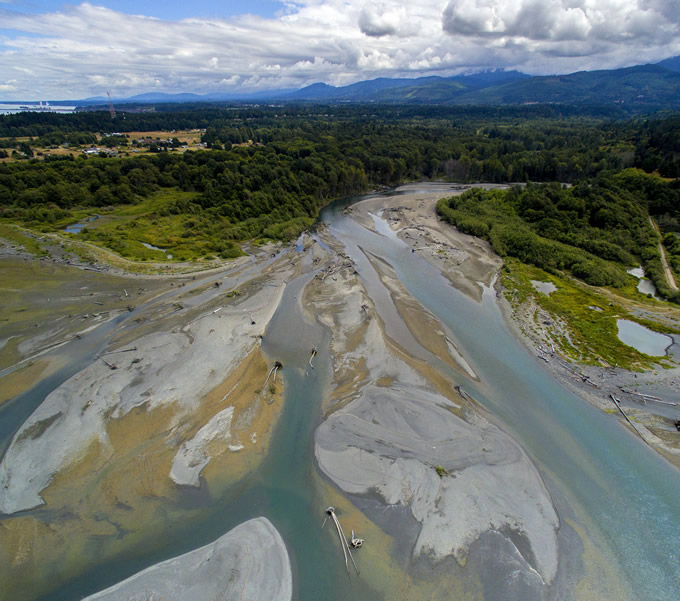
Photographer and filmmaker John Gussman has been documenting the restoration of the Elwha since the first chunks of concrete dam fell five years ago.
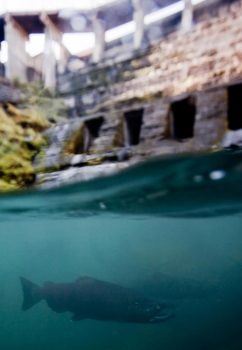
“It’s a shining light,” he says. “The success on the Elwha shows we can actually fix things.”
Now that the dams are gone, Gussman, a resident of Sequim, WA has witnessed what he describes as the “rapid recovery of nature” — the sediment that has moved downriver to restore the beach at the river’s mouth, to the plants and trees reclaiming land once drowned by reservoirs, to the salmon and other fish and wildlife rebounding.
“Nature knows best,” he says. Gussman co-directed the film Return of the River that tells the Elwha’s story.
I was on the Elwha in September 2011 when the world’s biggest restoration project kicked off. Elwha Dam and Glines Canyon Dam had blocked the river for roughly 100 years, completely blocking salmon from historic habitat and destroying the river central to the culture and heritage of the Lower Elwha Klallam Tribe.
I remember standing on Elwha Dam, watching salmon circling in the pool below. I remember being amazed that even after all this time, they were still returning, still trying to get upstream.
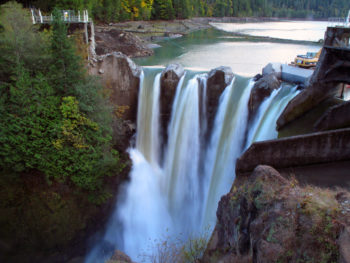
Now they can.
Elwha Dam was gone for good in March 2012. Glines Canyon Dam, the tallest ever removed at 210 feet high, was gone by September 2014. The journey began in 1978 when Elwha Dam failed to pass its safety inspection. The tribe worked with the Federal Energy Regulatory Commission (FERC) to conduct a failure analysis on the dam and demonstrate the catastrophic flood risk to the reservation. This catalyst sparked a decades-long effort to restore the Elwha River with unrelenting work by the tribe and conservation groups, including American Rivers.
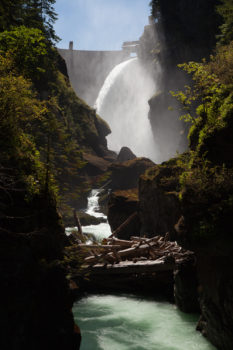
I asked Robert Elofson, River Restoration Program Director for the tribe, how he feels now that we’ve hit the five-year mark. He says the tribe “takes pride that it has played a lead role in such a successful project” and tribal members are looking forward to resuming fishing for ceremonial purposes next year (a fishing moratorium has been in effect since 2011 to let fish populations rebound).
He has seen the benefits of dam removal first hand, from the crabs he has caught at the river’s mouth to the elk sign he noticed on the former Lake Aldwell reservoir lands.
It’s rare that we have a chance to make a river truly wild again, and on the Elwha we did. Eighty-three percent of the river is protected inside Olympic National Park. The dams were the only major impact to the river – so since the dams have come down, the river has been a one-of-a-kind laboratory to watch a river come back to life.
This special report from the Seattle Times sums up the ongoing transformation:
Elk stroll where there used to be reservoirs. Bigger, fatter birds are bearing more young, and moving in to stay. A young forest grows where there was blowing sand in the former reservoir lakebeds. Seeds tumble down the river’s coursing current. The big pulse of sediment trapped behind the dams is passed; the river has regained its luminous teal green color, and its channel is stabilizing.
Logs are tumbling and stacking in the river, building complex, braided channels, islands and jams.
And fish are booming back: More than 4,000 chinook spawners were counted above the former Elwha Dam the first season after it came down. Overall, fish populations are the highest in 30 years. And that’s before the first progeny of salmon and steelhead going to sea since dam removal come back this year.
“It has been a real success,” Elofson says.
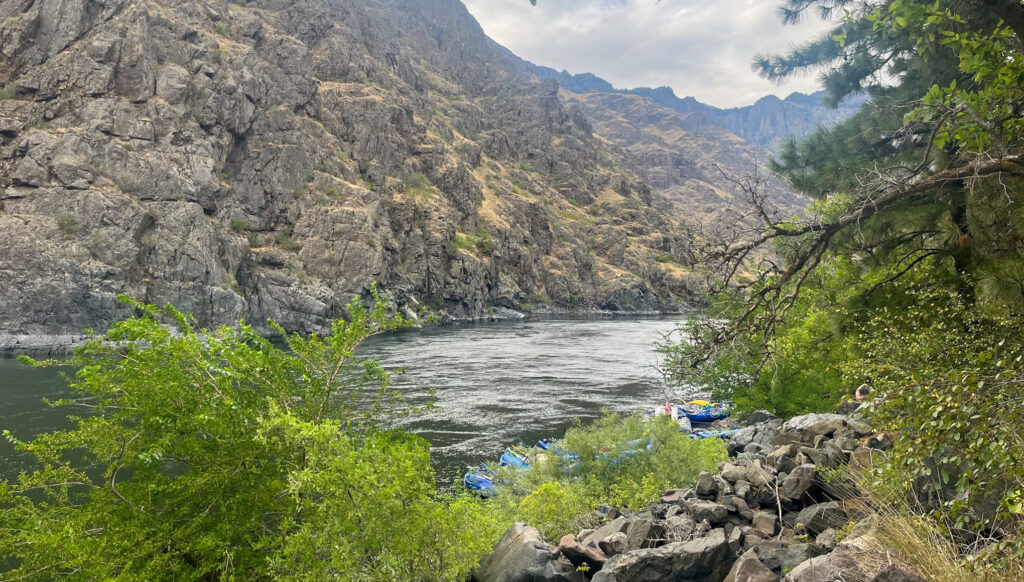
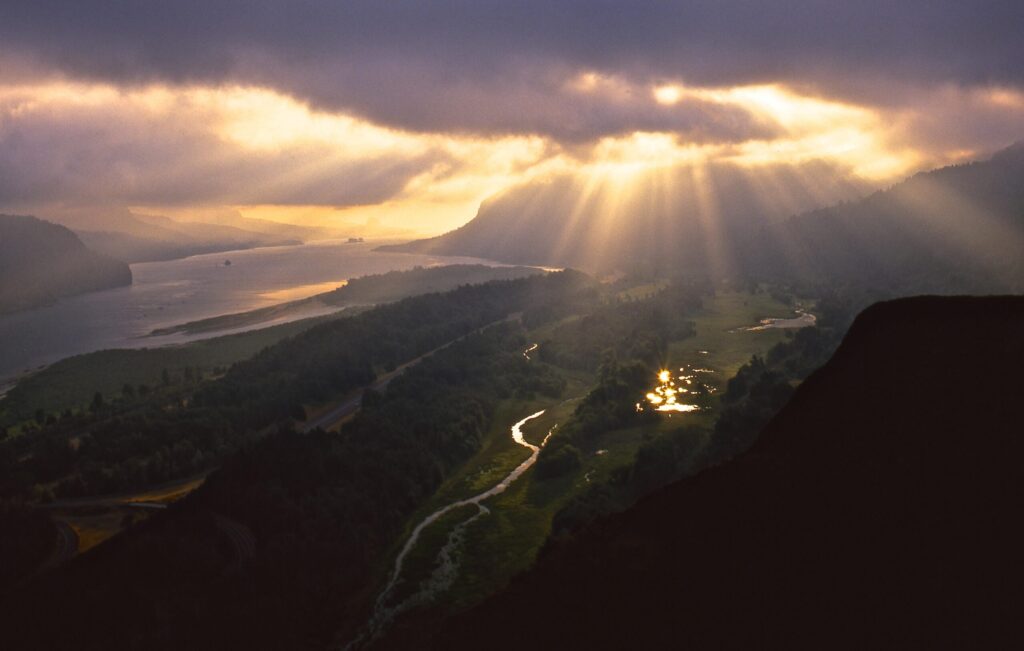
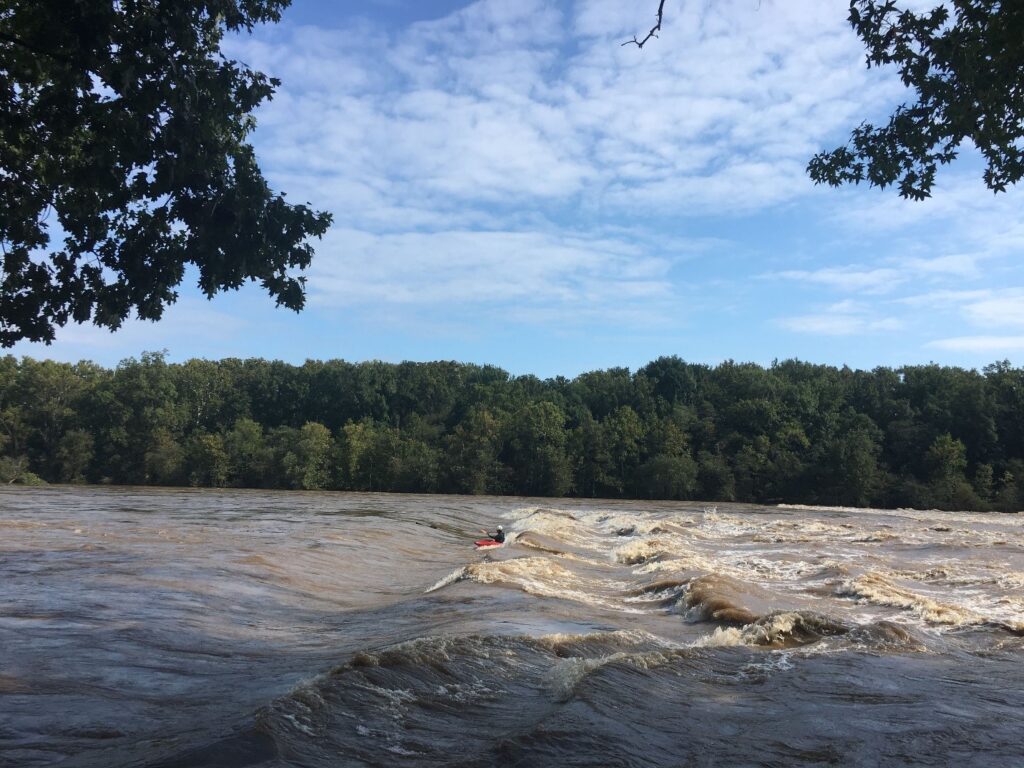


27 responses to “Five years later, the Elwha reborn”
This is one to watch. Sediment management is the one concern I have about dam removal. Timing is everything. Huge sediment loads during breeding season can destroy a generation of crevasse breeders. Short lived species can be wiped out completely. I hope there are fisheries biologists in the water, monitoring and documenting everything. This won’t be a perfect process. We have to learn everything we can at every opportunity. It is possible that ark populations of some species should be established for reintroduction after the stream bed stabilizes. this is more complicated than it seems. So, any stream biologists on the job?
FYI
https://www.elwha.org/departments/natural-resources/fisheries/
Restoring the land and our waterways is a beginning, a beginning not only restore life to our precious rivers, but to help heal a county that has been damaged by corporate greed, racism, disease, and a narcissist self serving government.
“ Damn nation”is a movie yes?
@Lori Swan Creating a hatchery run will have little to do with the restoral of any river with blocked flow. Small waterways have been cleaned up all over the United States and I presume the world. After this, without any restoral efforts otherwise, run of salmon and other anadramous and migratory fish have return on their own, along with other flora and fauna.
The account of the life cycle of the salmon is painted with a broad brush. Return times vary from two year to as long as five or six, possibly longer in rare cases, not the three years that is always reported. Nor do adult fish “always” return to the waters they were hatched in. They usually do, but if they get into a fresh water flow, they will begin to swim upstream against it. That is why salmon runs return to cleaned up waterways even without human assistance.
The purpose of the hatchery program is the create a fishery, either sport or commercial. But it has nothing to do with restoring the natural wild runs. Possibly, a wild run can be preserved with a hatchery breeding program. But it would have to carefully designed utilizing captured wild fish. Breeding a few individuals and having their offspring later return to the hatchery at the end of their life cycle won’t do it.
Out of respect and awe for mother earth, I am going to do my part and I suggest others do the same.
I will turn off the lights and walk to the grocery store to buy my oatmeal.
I will live simply and support the acquisition of natural lands, never to be developed.
Please do tell more about this shameful hatchery? How is is bad for the salmon and river? I know Hatchery fish are overall unfit for the wild and genetically only last one to two generations. Is this why you don’t agree with the hatchery program on the Elwah?
It’s great that the old dam has been demolished and the Elwha returned to it’s original state. Unfortunately, it is sad that a plan couldn’t be developed to accommodate some historical structure of the dam to recognize that a dam had existed sometime in the past without affecting water flow of the river. Humanity does exist for better or worse.
I was the newspaper reporter on the first dam in the US to be removed to allow the upstream passage of game fish — the Edwards Dam on the Kennebec River, Augusta, Maine.
In the mid-1980s American Rivers was a small organization, but it led the fight to remove the dam — a long and expensive process.
I hear that since then some 1,200 dams have come down across this country. I hear, too, that American Rivers has been at the center of many of those battles.
It was great that they removed the dams, however, completely ruined it by putting in a hatchery program. They have just bastardized the whole thing. To bad for the fish recovery.
It’s so amazing how fast the animals, fish and birds come back when nature is restored. This planet is about nurturing and promoting life so if humans would get over their greed, our Mother will happily provide everything we need for all. I love this story and hope the dams on the lower Snake River will come down soon so the Chinook can rebound and help our beloved orcas get enough food so they won’t go extinct.
This would be an even greater success story if they hadn’t put a new hatchery on the river.
Wonderful
I was privileged to visit the site of the former Glines Canyon dam this June to see for myself the result of this monumental, first of its kind, event. The road to the site was closed for repair–it took us about two hours to walk the distance. But it was well worth it. I am so pleased that I live in the state where this near-miracle was accomplished and look forward to the process of recovery continuing for years to come.
THIS WILDLY SUCCESSFUL STORY NEEDS TO BE MADE INTO A MOVIE AND CIRCULATED WORLDWIDE. START A REQUEST AT YOUR WEB SITE FOR FUNDING TO SUPPORT THIS MUCH NEEDED ADDITIONAL ENDEAVOR. I AM MOVING NEXT MONTH – SO GIVE ME 2 MONTHS (RECOUP SOME $) TO HELP, TOO.
Excellent story that gives me hope for my generation as well as those to come. I agree with Tom S- we need to address a few antiquated dams on the lower Snake River. I recommend Steven Hawley’s excellent and well researched book, “Recovering a Lost River”, to learn more about the Snake and it’s challenges.
The return of the wild ones – trophic cascades of animal and plant life – is the most important evidence that the world is sentient, responsive, cooperative and always in cahoots to create resilient, regenerative, diverse and beautiful webs of life. Lets do this on every river. Thankyou.
Can’t wait to visit Olympic and see the restoration results myself.
Amy, thanks for the fine article. I hope AR can help focus energy and effort to restore wild Snake River salmon, by removing four more obsolete dams there. AR is a key teammate in that work, with strong traditions.
This is so wonderful to read this good news. This was a harrowing project but determination and good will made it a reality. I am so happy for the environment being brought back to the way it used to look and be. So happy for the hard-working spawning salmon and other fish, as well as the birds and many species of wonderful wildlife that call this place home. Thank you for all your perseverance and hard work. Hopefully other damns can come down that should never have been built. Mother Nature DOES know best – mankind should not interfere with the natural flow and balance of our wildlife’s habitats and environments.
Not only a great result, but beautifully documented. A real teaching moment. On to the Everglades indeed!
splendid – for the environment, salmon, and people
This is some of the best news available.
Truth is- Nature does know best. Every time.
The power of Mother Nature to fix mans mistakes is amazing. Two more down and a couple thousand to go
Wow! Yes, nature knows best, and Man only complicates the picture…but strong, persistent efforts reap huge benefits. Now, on to the Everglades and the non-scientist millionaire governor there…
Absolutely amazing and wonderful. I know the Great Spirit is smiling down upon this river and what has been done.
Awe-inspiring. Let’s show THESE images to our kids while they’re forming their reality.